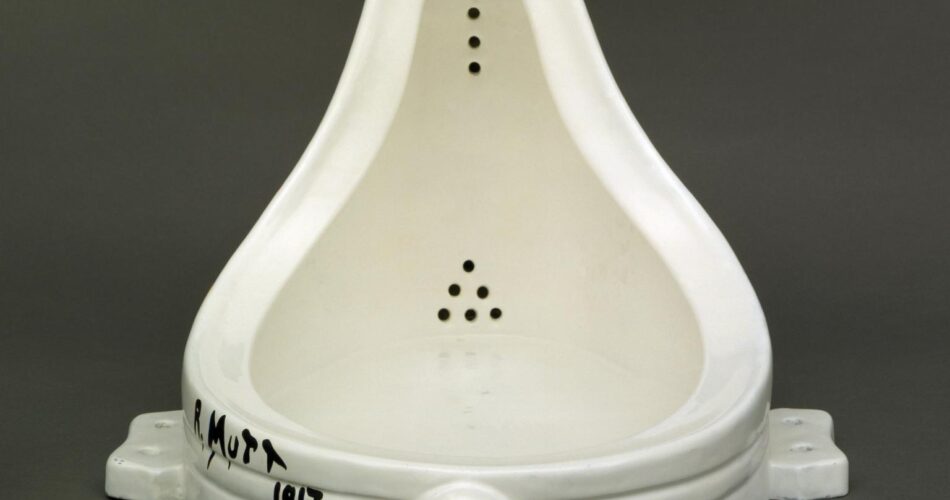The origin of a new concept of art
French artist Marcel Duchamp was a key figure in the Dada movement. Dada was an art movement that developed in Europe following World War I that celebrated chance, irrationality, and anti-aestheticism in place of conventional artistic standards.
According to this article, the long-awaited debut of Marcel Duchamp’s most recent work was scheduled for April 1917. The Society of Independent Artists’ first exhibition attracted the crème de la crème of the art world. The crowd dispersed to a pedestal in the middle of New York’s Grand Central Palace, where a covering sheet was carefully pulled back to show a plain urinal with the signature “R. Mutt 1917” then called Fountain.
If the goal of art is to portray the ways of the world, then what better approach is there to capture the absolute absurdity of millions of boys choking to death on World War I battlefields than a urinal in an art gallery, Duchamp argued when he was asked to explain his art.
Dadaism was characterized by the embrace of chance, irrationality, and anti-aestheticism while rejecting conventional values. Dada artists used a variety of disciplines, such as visual art, performance, poetry, and collage, to challenge conventional ideas about art and society. Surrealism and other avant-garde movements of the early 20th century were greatly influenced by Dadaism.
According to Duchamp, if people found offensive and foolish a urinal, they should be horrified and identify the craziness that is befalling the world outside the gallery, let alone inside it. He nearly claimed that art has no purpose in the face of this madness. Even though at the time it may have seemed meaningless, admiring its majesty could at least spark a lively debate.
The advent of new technologies as well as the conflict led artists to adopt new ways of thinking was most relevant for artists like Duchamp. It was no longer very useful to try to paint a scene if you could now accurately reproduce its likeness. With that, reality was mostly abandoned.
The emphasis for painters was now to somehow abstract the essence of a situation and convey it in an act of savage effrontery. Hundreds of contemporary art subgenres followed, from expressionism to cubism and everything in between. Simply expressed, the new goal was to reduce the idea of the violent madness of World War I to a single emotive allegory. Artists had to look beyond what a picture might show to the abstract core of it, while cameras were catching the real thing.
After that, the doors were wide open for a variety of creative ways to depict the modern world. The message started to take precedence above the effectiveness of the means starting with the urinal. It was true that most things had been done and cameras were capturing the rest, so abstraction seemed to be the best way to advance art into the technological age.
One day, Duchamp could introduce a toilet on one side of the globe, and the following day, academics in Australia would also be considering it. This still holds true today. Before Duchamp’s toilet, there were many other works of contemporary art, but its frankness made it the movement’s defining symbol. Now, not only its abstraction, but also its controversial antagonism, and discussion-driving ways are a central part of art. Aristotle’s maxim still holds true: “The purpose of art is to represent the meaning of things”.
